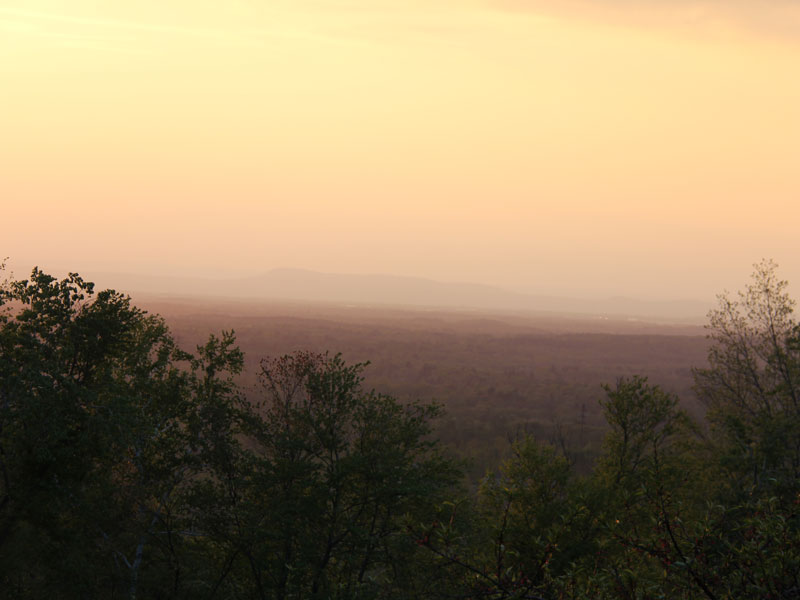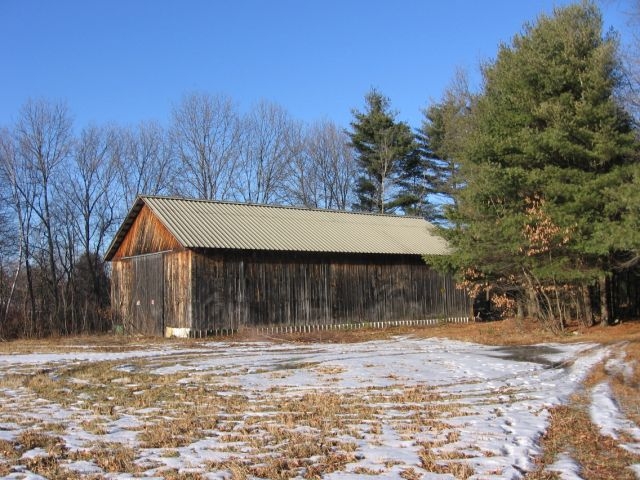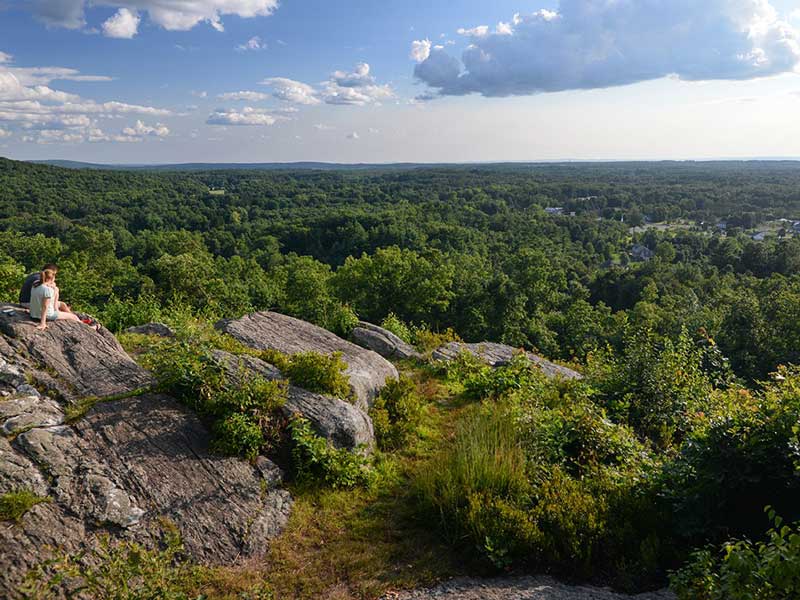Minnechaug Land Trust
What is Minnechaug Land Trust?
An outgrowth of Hampden Land Project, Minnechaug Land Trust, a local land trust, is a 501 (c) (3) non-profit organization dedicated to balancing growth and development with the permanent protection of critical areas of open space, through creative land protection and development strategies. It is active primarily in the towns of Hampden and Wilbraham.
Why is it important to preserve open space?
“Open Space” refers to all land, such as forests, fields, farms, mountains, or wetlands, that is not developed. Open space defines the rural character of our communities, and the scenic beauty of its landscapes.
Open space is vital for wildlife, which requires reserve areas (large undeveloped tracts of open space, such as mountain tops or nature sanctuaries) and corridors (land connecting reserve areas). Without protecting both reserve areas and corridors, wildlife species become extinct.
Critical areas of open space have environmental significance. They serve as water recharge areas, prevent soil erosion, promote air quality, and preserve important habitat areas.

What are the financial advantages of conservation?
- Land can be passed on to one’s heirs with greatly reduced estate tax consequences.
- There are significant federal tax advantages (deductions of up to 30% of one’s adjusted gross income annually for six years.)
- There are reduced property taxes.
Doesn’t a town need development to expand its tax base?
According to the American Farmland Trust, because of increases in costs for town services, residentially developed land costs an average of $1.11 for every tax dollar it brings in, while open space costs $0.40 for every tax dollar paid. Therefore, new development costs the town more than the taxes it brings in.
How can I help?
As a non-profit organization, Minnechaug Land Trust depends on community support. All meetings are open to the public, and new members are always welcome.
Please consider making a tax deductible contribution to Minnechaug Land Trust! Download a copy of our donation form.

How is land protected?
- Conservation easement or restriction
In a conservation easement, the landowner enters a permanent legal agreement that prevents or limits development of the property. The land stays in private ownership and use, and can be passed on to one’s heirs, or sold with the conservation easement attached. Conservation easements can be donated by the landowner, or purchased by a non-profit organization or government agency to provide income to a landowner. - Agricultural Preservation Restriction Program (APR)
In this state-funded program, landowners of agricultural land are paid the difference between the “fair market value” and the “agricultural value” of their farmland, so that landowners can realize equity from their land without being forced to sell their farms for development purposes. - Limited Development
In this method, the least environmentally significant portion of the property is carefully developed, to finance conservation of the rest.
What does a land trust do?
Each group decides its own direction. There are many regional and national land trusts which oversee the conservation of large tracts of wetlands, farms, forests, or coastlines. There is also a coalition of land trusts in Massachusetts. Here in Hampden and Wilbraham, we have several goals:
- to work for protection of important tracts of open space
- to serve as a resource for information about conservation options
- to act as a referral service to connect interested parties with experts in the fields of land management, land protection, and estate planning
- to work closely with town boards to explore and promote community choices about open space
- to work with local, state and regional land trusts, and with state and local agencies, to obtain assistance of an advisory or financial nature, as needed, for the preservation of open space

